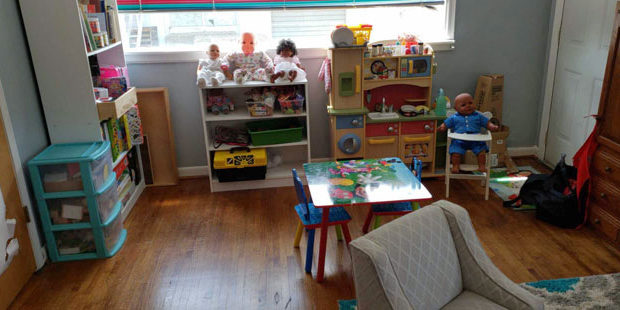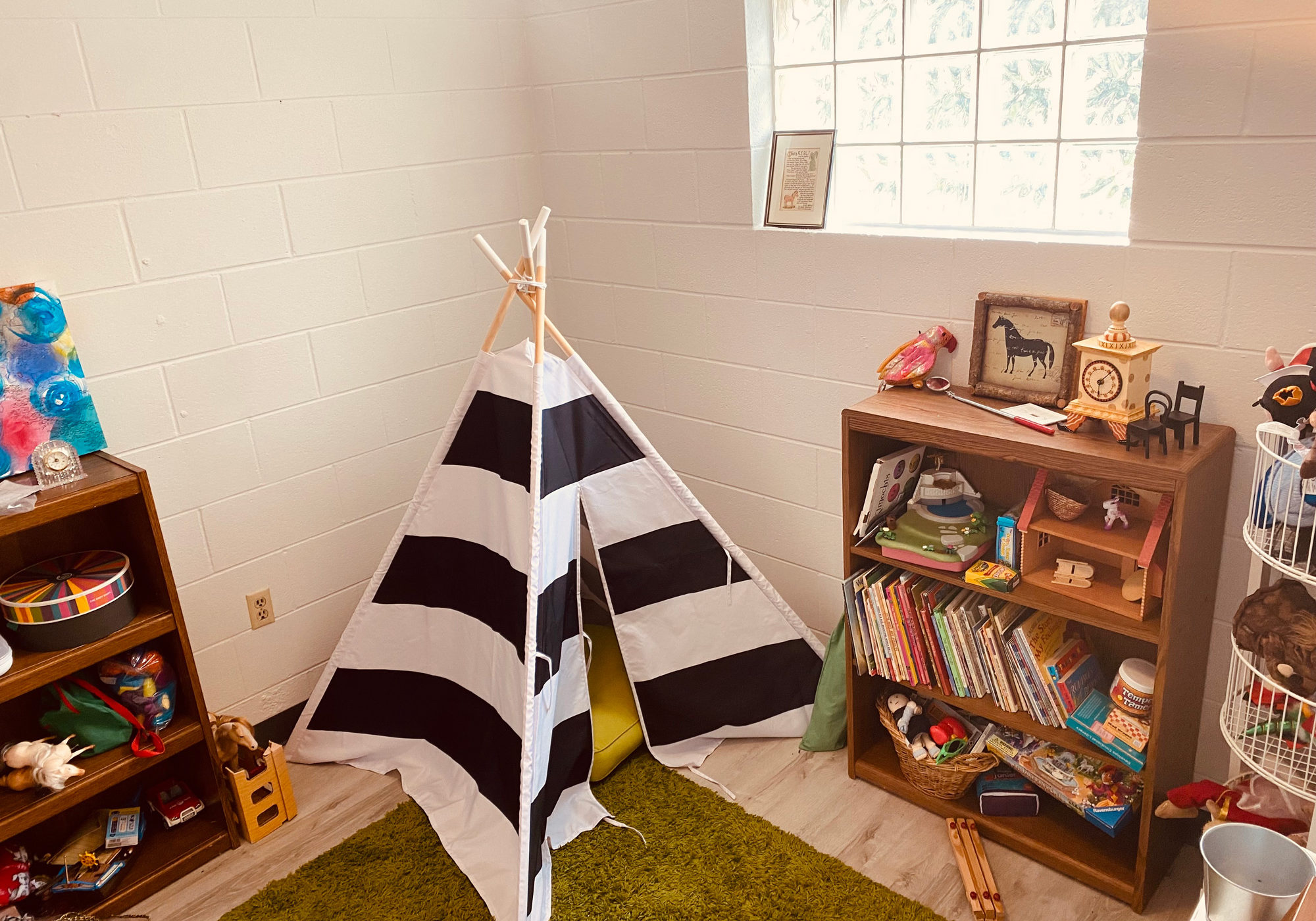Play Therapy




At Hope Tree, we use play therapy with child clients under the age of 11. We have playrooms at both of our locations which are dedicated as the therapy space for children.
Play therapy is a method developed by Virginia Axline, an associate of the famed Carl Rogers who developed client centered therapy. This method includes using nonjudgmental, emotionally supportive play in a nurturing therapeutic environment. Clear boundaries are established which allows the child to feel safe and secure while freely expressing themselves through their words, and with their language which is play (Landreth, 2002).
The main goal of play therapy is to promote the development of emotional and behavioral self-regulation. Children work through their emotions through the use of toys, puppets, playhouses, sand trays, and creative play. The creative arts are also available in the playroom including playdough, painting, drawing, and building. Problems that have been successfully treated with play therapy include; overcoming trauma, anxiety, phobias, PTSD, anger management, grief and loss, divorce issues, abuse, illness, autism or pervasive developmental academic and social developmental, physical and learning disabilities, and conduct disorders (Bratton, Ray, & Rhine, 2005).
Note that play therapy can be an effective tool in working with people of all ages when words cannot be found or are unable to be processed by the client. Play allows self-expression and communication beyond the traditional back and forth found in talk therapy.
At Hope Tree, our providers practice two different types of play therapy. The first is Child Centered Play Therapy (CCPT). To learn more about CCPT, see this article. The second is Adlerian Play Therapy (APT). To learn more about Adlerian Play Therapy, read this article. To see what other traditional and foundational therapies we offer, please read more here.
A play therapist is not looking for children to be able to discuss cognitively the meaning or content of their play, but recognizes that the subconscious issues of children float to the surface through play. (VanFleet et al. 2010, p.12)
